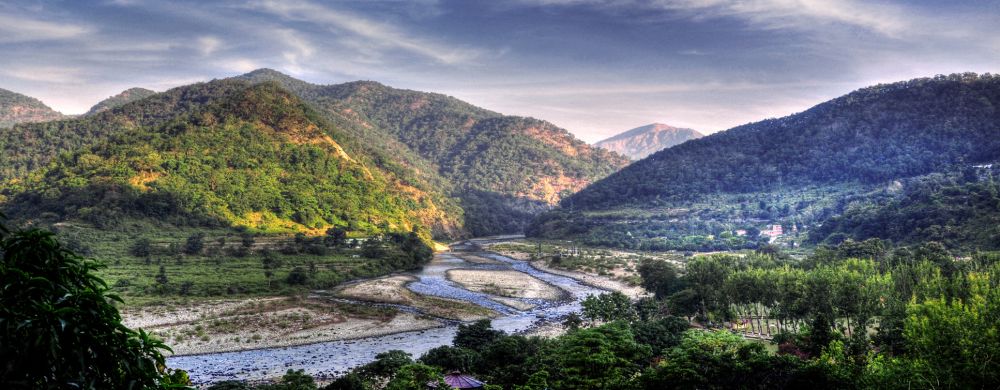

Established in 1936 as Hailey National Park to protect the endangered Bengal tiger, Jim Corbett National Park is located in the state of Uttarakhand in northern India. It is a revered destination for wildlife enthusiasts and nature lovers. The park was the first to come under the Project Tiger initiative and was later renamed in honor of the legendary British-Indian naturalist and writer, Jim Corbett, who played a pivotal role in its establishment.
The history of tourism at Jim Corbett National Park began shortly after its creation as visitors from around the world started to explore this untouched wilderness. Initial tourists were mostly adventurers and elite conservationists, but with the rise of environmental awareness, the park became a hotspot for eco-tourism.
The park's tourism infrastructure developed gradually with the establishment of various zones to facilitate regulated tourism and ensure wildlife protection. Zones like Dhikala, Bijrani, Jhirna, Sonanadi, Dhela, and the recently added Durga Devi cater to visitors with different interests, offering them a chance to experience the wild in its most pristine form.
Over the years, the park has become famed for its efforts in tiger conservation, and the increased tiger sightings have further boosted its popularity among tourists.
Eco-Friendly Tourism: In recent years, eco-friendly tourism has emerged as a popular trend, with the park implementing measures to minimize human impact on the ecosystem. Accommodations are increasingly becoming sustainable, and safaris are regulated to balance tourism with conservation.
Adventure Activities: Alongside traditional jeep safaris, tourists are now engaging in more adventure activities, such as elephant safaris, which offer an immersive jungle experience, and treks that allow visitors to explore the park's diverse flora and fauna up close.
Photography Tours: The stunning biodiversity of Jim Corbett National Park has made it a favored spot for wildlife photography. Specialized tours cater to amateur and professional photographers aiming to capture the perfect wildlife shot.
Community Involvement: There has been a growing trend of involving local communities in tourism activities. Many eco-development committees work to engage locals as nature guides or in the hospitality sector, enhancing the cultural richness of the tourist experience.
The park has endured as a celebrated nature travel destination, its allure only growing as conservation techniques improve and tourism adapts to prioritize the environment. Visitors to Jim Corbett National Park continue to marvel at its majestic landscapes and the diversity of wildlife, ensuring its place as a must-visit destination on the world's ecological tourism map.